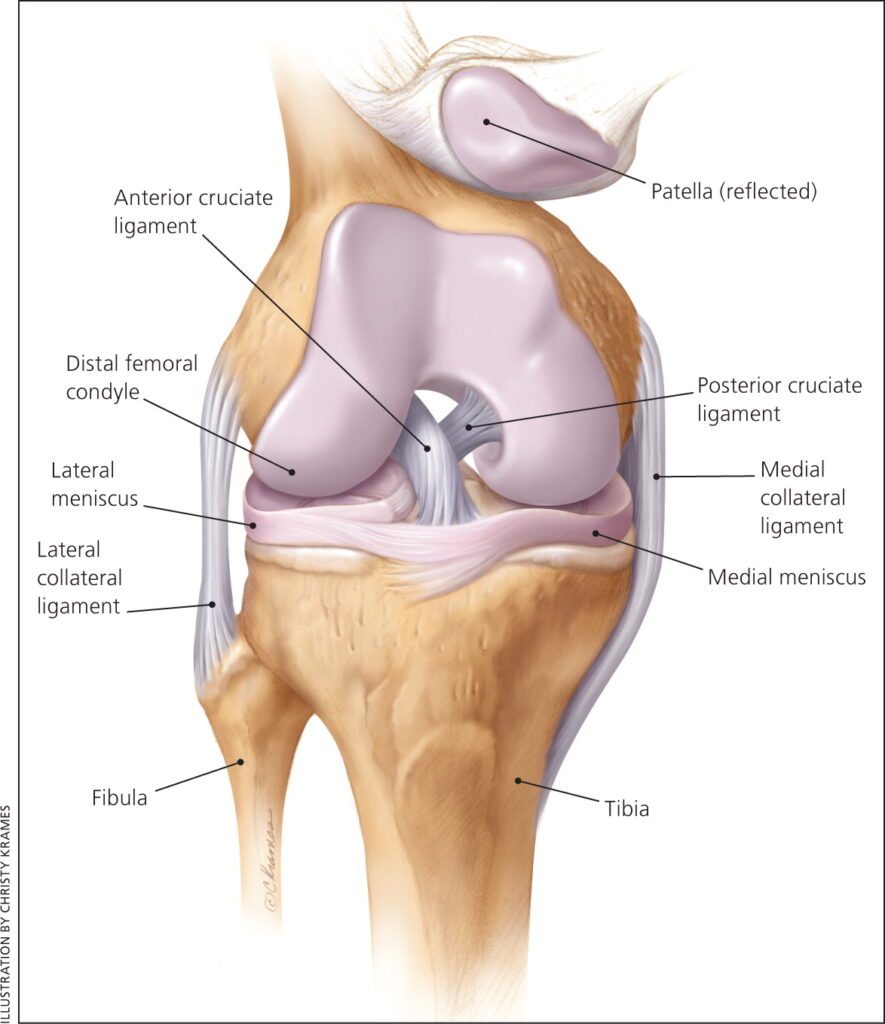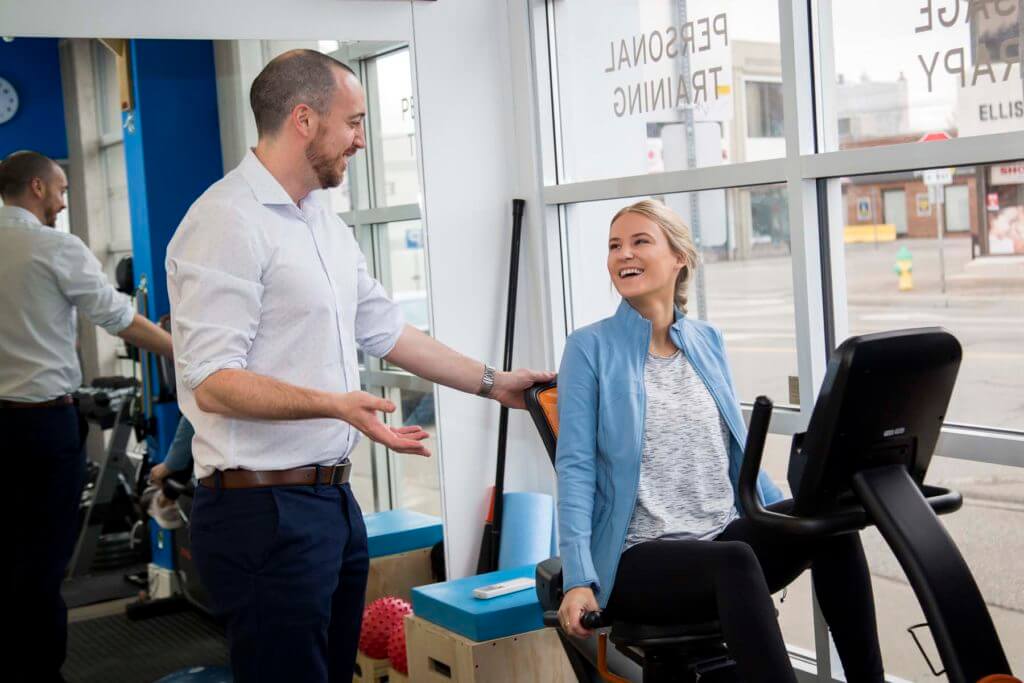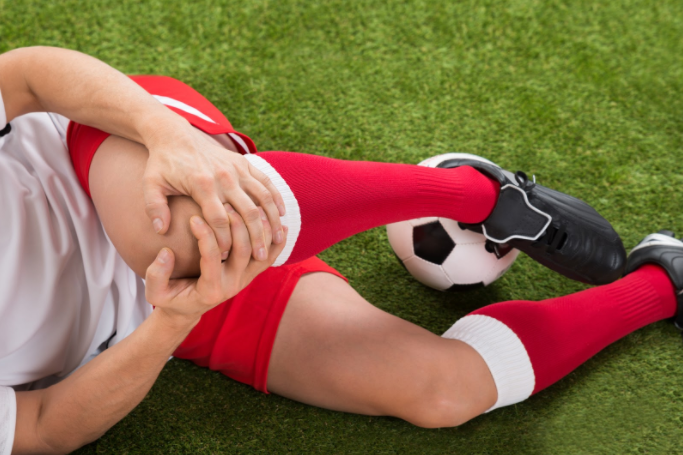5 Things You Need To Know Before Having Anterior Cruciate Ligament (ACL) Surgery
Have you injured your knee and been told you have partly/ fully torn your anterior cruciate ligament (ACL)? That’s something I know all about, having had both of my ACL’s repaired following soccer injuries over the years. My first injury occurred when I was 14, and I had my first cruciate ligament repaired when I turned 17. I remember the uncertainty before the surgery, and not fully understanding what I was getting myself into and what the process would look like on the other side. Thankfully, I worked with a wonderful physiotherapist at the time, made a great recovery, and it was in fact this experience which then lead me to pursue a career in physiotherapy.
By the time I needed my other ACL repairing in the other knee, I was 26 and had worked as a physiotherapist for a few years, and knew the ropes by then about anterior cruciate ligament reconstruction. However, most people who undergo this surgery are not registered physiotherapists and may be wondering about what the process is after they have been told they need ACL surgery. With that in mind, here are 5 things you need to know before you have ACL surgery.
- Just what is the ACL?

The anterior cruciate ligament (ACL for short) is the main ligament of the knee. A ligament is a band of dense connective tissue which stops body parts moving too far. In the case of the ACL, it stops the knee bones (the femur and tibia) from twisting on each other too much, and stops the lower leg bone (tibia) sliding forwards on the top leg bone (femur) excessively. Basically, it helps keep your knee stable when completing energetic tasks, such as running, jumping and pivoting.
When you tear your ACL, either fully or partially, your knee can become unstable, and excessive rotation or sliding of the knee bones can occur (which results in your knee giving way as you put weight through it, or twist on it) because the ACL is not able to work to prevent this excessive movement. Speaking from experience, it’s a pretty uncomfortable feeling and can result in difficulty in walking on uneven surfaces, sporting activities and moving in any direction other than a straight line.
- How do I diagnose a ACL tear
Diagnosing a ACL tear can be completed by a physiotherapist, who will perform certain tests to check the integrity of the ACL itself, and also take a detailed medical history to discover exactly how you injured yourself (often just learning how you injured yourself can help the physiotherapist diagnose your knee problem).
However, the most accurate way to diagnose a ACL tear is to have a MRI scan, which will show if there is a tear, if it is fully or partially torn, and if any other structures in the knee have been injured. A medical doctor will need to refer you for a MRI.
- Prehab is a must
If you know you are going to undergo ACL surgery, getting your knee and leg as strong as possible beforehand is essential. After you injure your ACL, it is very common to lose muscle strength and balance in the weeks and months that follow, which can lead to increased pain and more instability around your knee. Getting your knee and leg as strong as possible, with an individually prescribed exercise program before your surgery will make life much easier when you start your post-operative rehabilitation, and will give you the best chance of having a quicker and more successful recovery. In fact, in many cases surgery is not even needed as adequate strength and stability of the knee can be achieved by completing strengthening and balancing exercises following your ACL injury.
- You will need approximately 9 months of rehab after surgery
Before you decide that you need ACL surgery, its important to understand that the physiotherapy treatment afterwards is vital to get you returning to the activities you love to do, and that it takes on average about 9 months to get back to full sporting activity.

Absolutely, professional athletes can recover quicker than this due to the rehabilitation resources available to them, but for the average weekend warrior (myself included) on average it takes about 9 months of completing physiotherapy and rehabilitation to get back to your pre-injury baseline.
During this time, your physiotherapist will help you create a exercise plan for each stage of your recovery, including strengthening, stretching and balance work for your leg. It is essential that your knee and lower limb are as strong as possible before you return to full activity and sport, because you will be at risk of re-rupturing your ACL again if you do not build up your strength and balance.
With proper rehab, you can get back to doing what you need to do
While at times during the rehabilitation process it may seem like you’ll never get back to normal, if you follow the exercise plan prescribed by your physiotherapist and stay consistent with it, there is no reason you will not get back to your pre-injury level. Since having both of my ACL’s repaired, I have been able to run 2 marathons, snowboard, play soccer and tennis and generally go about my physical activities as normal. Stick with it, follow the physio plan, and you will do great!
Want to book an appointment to discuss with a physiotherapist your best course of action following ACL injury? Click here to book online, or call our clinic at 250-493-1152 to learn more!!





